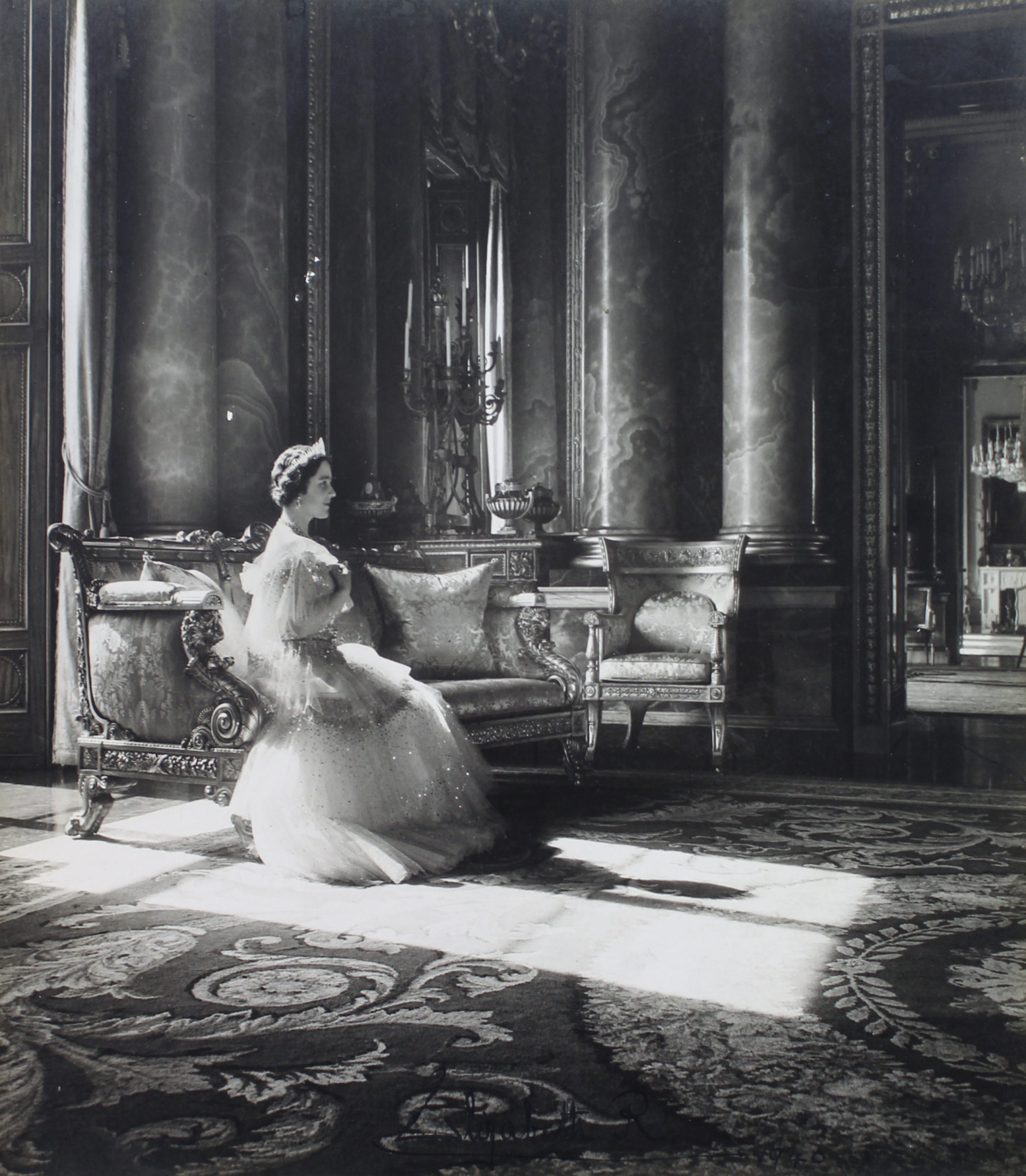Like the glittering society that he sought out and photographed, the first act of Cecil Beaton’s career as a photographer ended with the onset of the Second World War. In 1938, Beaton was fired by Condé Nast, the publishing house in New York that had precipitated his meteoric rise to fame over the previous decade. This resulted in Beaton losing his contract with American Vogue and with it all the status and glamour that he had fought so hard to achieve.
However, as his stock fell in America, it was rising sharply back home in England. In 1939, as the country prepared for war, Beaton was summoned to Buckingham Palace to photograph Queen Elizabeth. For a man so sensitively attuned to his social status it must have been a thrilling opportunity, as well as a satisfying riposte to Condé Nast’s decision. The photographs were well received, and their commission represented the start of the second act of Beaton’s career – that of favoured Royal photographer. That he re-signed his contract with Condé Nast in 1940 must have been even more gratifying.
Beaton’s association with the Royal family reached its apogee in 1952 when he was named the official photographer at the Coronation of the new Queen Elizabeth II. However, in the intervening period he undertook various commissions for the family, including the present portrait. As has been well documented, the King and Queen became potent symbols of British stoicism and fortitude during the Second World War, and portraits such as this played an important role in disseminating that message. Adolf Hitler supposedly referred to the Queen as ‘the most dangerous woman in Europe’ due to the popularity that her image engendered.
Photographing in a grand manner that related as much to the paintings of Peter Lely and Thomas Gainsborough as it did Baron Adolph de Meyer, Beaton produced portraits that were as glamorous as they were traditional in composition and message. This portrait of H.M. Queen Elizabeth represents both a private triumph for Beaton, as well as significant moment in the art history of twentieth-century Britain
